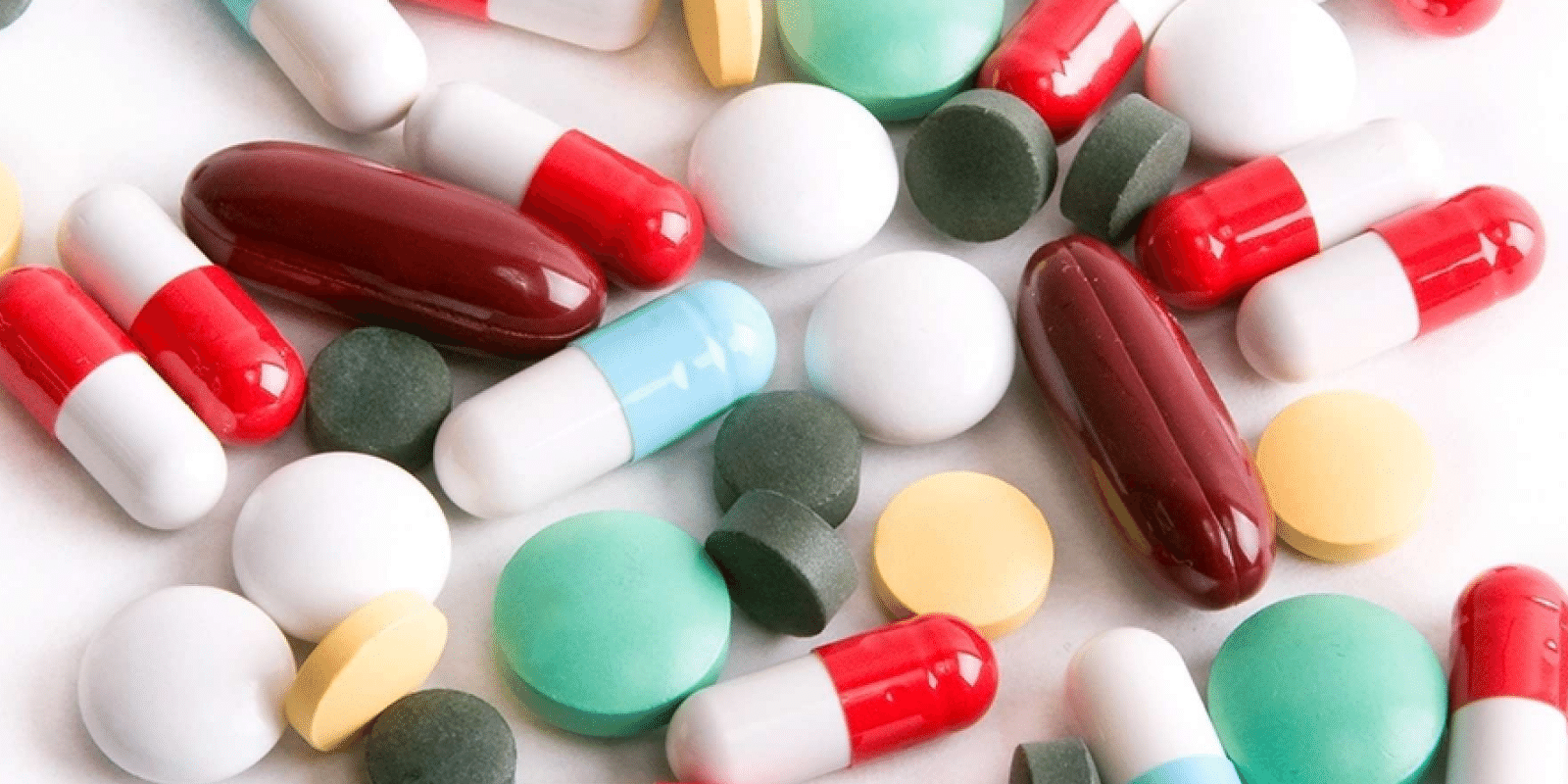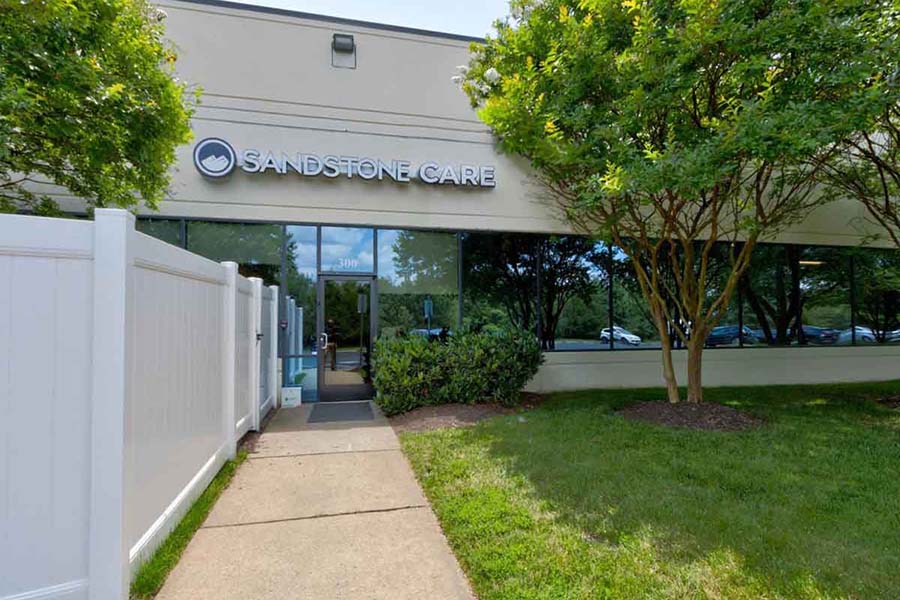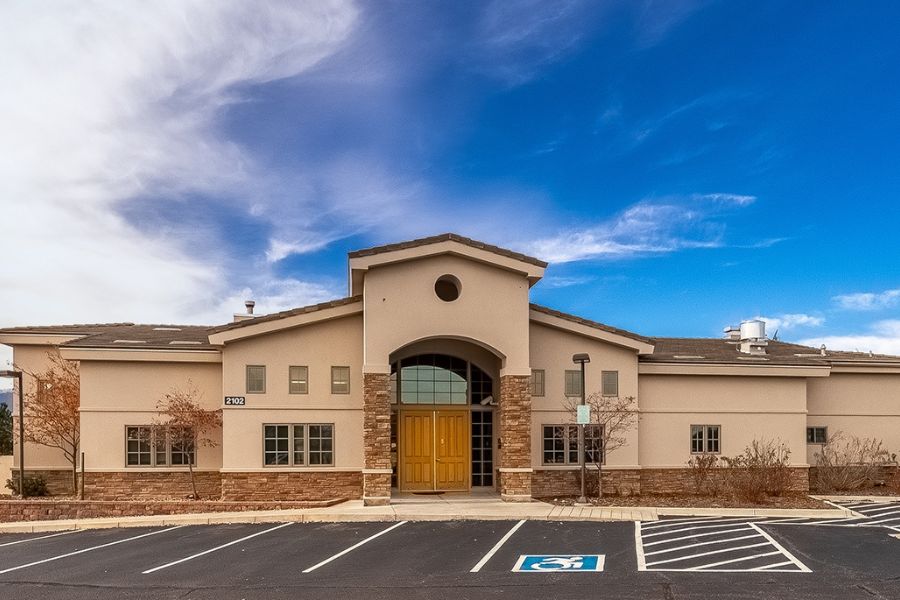Why is Detox Necessary?
There are many detox options for quitting heroin or opioid painkillers. Whether you are looking for an inpatient or residential treatment, outpatient treatment, or medication assisted treatment, there is a way for you or your loved on to get the help they need.
There are a few things to consider when choosing a heroin detox program, such as how it will be paid for, what sobriety means to you, and how you plan to stay sober in the long run.
Medical detox centers can provide support and maintain safety for their clients while they go through the withdrawal process by administering medications, fluids, and other supplements to help manage withdrawal symptoms.
There are various medications that medical professionals use as part of their detox protocols including Suboxone and Naltrexone. It is possible to stop using heroin cold turkey, but it is extremely challenging.
Withdrawal symptoms include:
- Flu-like symptoms
- Vomiting
- Nausea
- Tremors Headache
- Diarrhea
- Seizures
- Delusions
- Hallucinations
How Long do Withdrawal Symptoms Last?
Withdrawal symptoms start soon within 6 to 12 hours of taking the last done and can last for 5 to 10 days. The worst symptoms are experienced 2-3 days after the last dose. For most users, the symptoms will subside within a week.
For heavy and long-term opioid users, symptoms can last as long as 10 days. In a medical detox, patients are monitored frequently and often given medications to support the body and mind in their return to healthy functioning.
Medication Assisted Treatment (MAT)
Individuals who have struggled with opiate or heroin use for extended periods of time, medication assisted treatment may be another consideration. In addition to helping manage the withdrawal symptoms mentioned above, Medication Assisted Treatment (MAT) can also be effective is helping manage cravings over a longer period of time.
This method is intended to replace the opiate drug being abused. Popular medications for this treatment are:
- Methodone
- Buprenorphine (Subutrex)
- Naloxone (Narcan)
- Naltrexone (Vivitrol)
- Suboxone (Buprenorphine + Naloxone)
MAT medications are synthetic opioids that bind to the brain’s opioid receptors, so the withdrawal symptoms are minimized. The strongest argument for using MAT is that the risk of overdose on the replacement drugs is significantly diminished. People can function normally without experiencing the “high” that heroin and other opiates produce.
MAT is proven as an effective method for reducing opioid overdose and relapse. A study in Baltimore showed a significant drop heroin overdose deaths from 312 deaths in 1999 to 106 deaths in 2008. This was associated with an increase in the number of people receiving MAT during that same time period.
Problems With MAT
One problem with MAT is that the medications are strong addictive prescription drugs too. Many people continue taking their medications for months or even years after receiving treatment. Many clinical professionals argue that sobriety should go beyond replacing dangerous drugs with safer, but similar medications.
As result, rehab programs tend to have varying perspectives on how to best use medication-assisted treatment, with the general differences centered around whether to use the medications beyond the heroin or opioid detoxification process or not. To learn more about MAT, see our page on the Suboxone Controversy.
Nicknames or Street Names for Heroin
- Smack
- Boy
- Black Tar
- Horse
- Dope
- China White
- Scag
- Brown Sugar
- Chiva
- Junk
- Black Pearl
- Dragon (Chasing the Dragon)
Types of Opioid Drugs
Opium-derived
- Opium
- Morphine (Oramorph, Roxanol -T, Morphabond, Avinza)
- Heroin (semi-synthetic, derived from morphine)
Synthetic
- Codeine
- Fentanyl (Abstral, Actiq, Duragesic, Fentora)
- Hydrocodone (Hysingla, Zohydro)
- Hydromorphone (Dilaudid, Exalgo)
- Meperidine (Demerol)
- Oxycodone (OxyContin, Oxecta, Roxicodone)
There is also a long list of medications that combine opioids with over-the-counter pain medications like aspirin, ibuprofen and acetaminophen. Some commonly prescribed ones include: Percocet, Oxycet, Lorcet, Opana ER, Tylenol #3 and #4, Vicodin, and Zolvit.

Heroin & Prescription Drug Detox Options
Heroin and prescription pain killer detox can be a very uncomfortable process given the often significant withdrawal symptoms. Fortunately, opiate and heroin detoxification are typically not life threatening, however, that does not mean the process is simple.
Sandstone Care provides a range of addiction and mental health treatment services for teens and young adults including a medical detox center and teen residential program.
Find Detox Treatment Centers Near You


Colorado Springs Detox Center
2102 University Park Blvd, Colorado Springs, Colorado, 80918
(888) 850-1890

Online Treatment Programs
Our virtual IOP program offers the same programming that we offer in person, all online – this is ideal for those who live too far to drive to an addiction center, have transportation issues, or have health concerns that make in-person treatment challenging.




